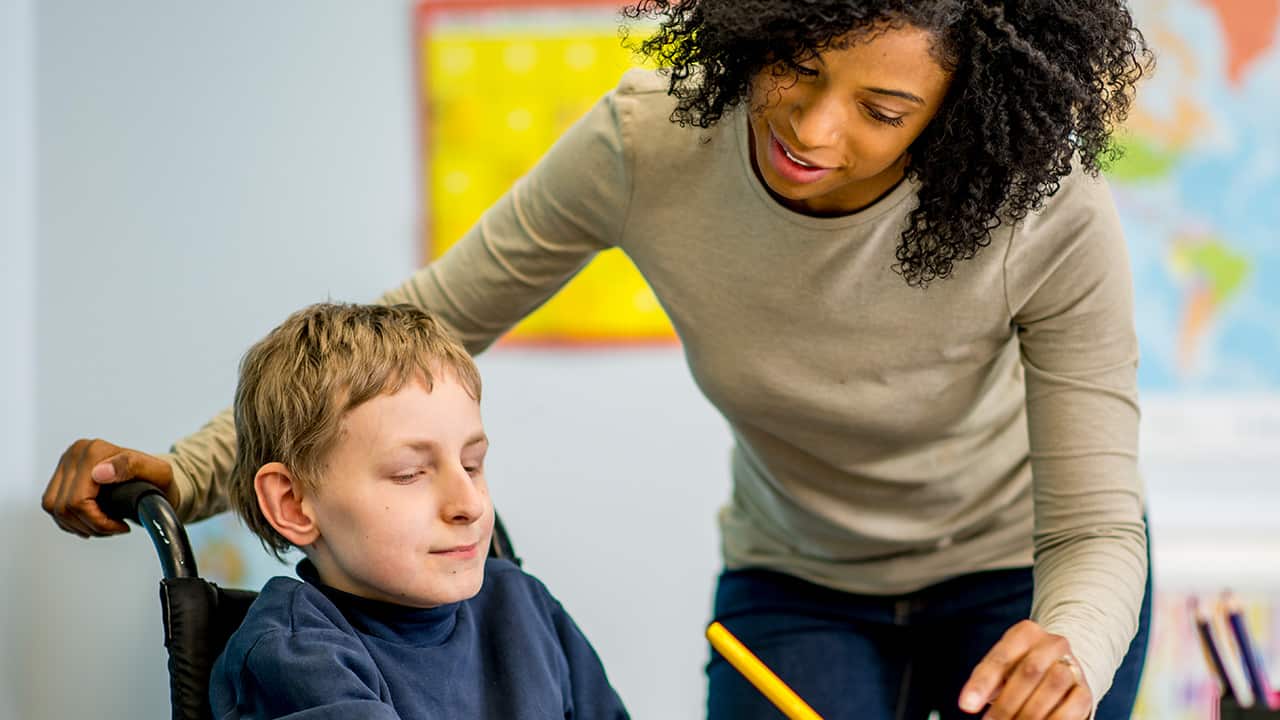Start Transition Planning as Early as Possible
The Individuals with Disabilities Education Act (IDEA 2004) only requires schools to start transition planning for students with Individualized Education Plans (IEPs) before the student is 16 years of age, usually during the freshman or sophomore year of high school. In reality, starting this process then is too late.
Transition planning should ideally begin before the freshman year so that the school can provide a more targeted course of study that encompasses the skills and knowledge needed to achieve post K–12 goals. Of course, young children will not know exactly what they want to do when they become adults, but an earlier start to transition planning provides teachers and parents time to modify the course of study as the student’s interests and abilities change and grow. As the student gets older, he or she should take a larger part in the transition process to become comfortable with advocating for his or her own well-being.
Plan for Career (Not Just Academic) Goals
Career development is an indispensable component of transition planning for any student. Start career planning by assessing the student’s interests and strengths. The IEP team can then put together a plan for the student to achieve a desired career. The plan should include information about social about social service agencies and organizations that are available to help the student achieve career goals.
Since deviations and “bumps in the road” are sure to come up, the IEP team should continually revisit the plan. Volunteering in the community or school is one avenue for students to be exposed to various work environments and responsibilities, develop essential transferable skills and build a resume. For students with severe disabilities, post-school options can include continued education or careers suited to individual abilities and interests.
Consider the Basics
Sometimes the most frightening aspect of post-school planning is discussing living arrangements. Will the student be renting a house or an apartment independently, living in a dorm at college, living in a group or assisted-living residence or staying at home with family? If driving is not an option, will the residence be close enough to walk to work or school, or is there accessible public transportation?
In addition to living arrangements, leisure activities should also be explored so that the student will not feel restricted to spending free time sitting on a couch playing video games and watching TV. Community organizations and public institutions, such as recreational facilities, libraries, parks and museums can be included in the transition plan to ensure that the student is aware of leisure options available in the community.
Planning for post-school outcomes is a partnership between the school, the community, the family and the student to create a strong support system for the student as he or she grows and develops aspirations for life as a productive member of the community.
Transition Planning Made Easy
To help plan for adult living, Unique Learning System provides many opportunities to prepare students for life’s biggest challenges and rewards.
- Monthly transition activities are included in all of Unique Learning System grade bands. These activities incorporate reviews of community outreach activities, jobs, independence and interest levels.
- Core Rubrics address the transition readiness skill areas of employability, communication, self-advocacy, daily living and social strategies. They can be used to identify areas of strength and weakness that are appropriate to the student’s current age.
- Transition Planning helps educators guide students down the path toward independence with future planning that meets real-world expectations for employment, daily living needs and community awareness for middle school, high school and transition-aged students.
- Transition Passport creates a personal collection of abilities, goals, needs and desires that are essential for young adults to move into an effective system of transition planning. The binder is intended to travel with the student from middle school through the transition grade band and exit their educational program with them.
- Transition grade band creates a realistic atmosphere of skill learning that will be needed when leaving the school setting, entering the work setting and living with optimal independence. The topics address three areas of instruction that are embedded in the day’s routine on selected areas of skills, jobs and daily living.


